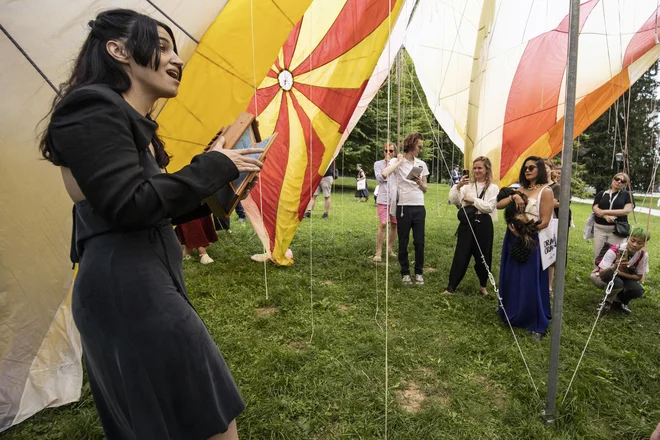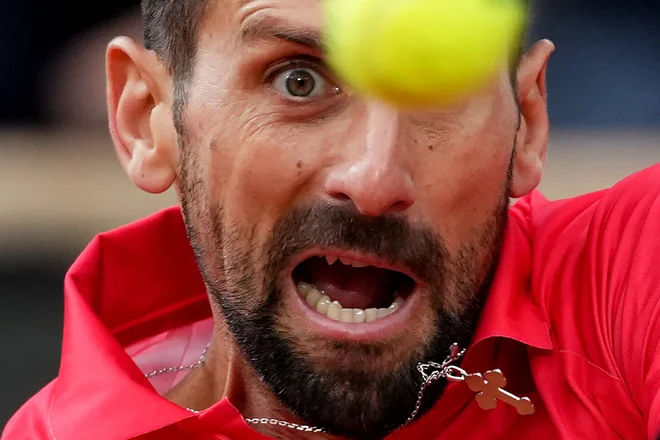Sea under the eye of modern technologies

When oceanographer Toste Tanhua and his research team in 2023, near Barcelona, established a test system for monitoring a aquaculture situation, everyone was well aware of what kind of devastation had caused a strong storm in the region three years ago.
In January 2020, the storm of Gloria caused devastation in southeastern Spain, killing 13 people and causing millions of euros in damage. In Barcelona Luka, seven -meter waves were hit by protective embankments. « We had a storm of Gloria in mind, » said Tanhua, an oceanographer of the Ocean Research Center Geomar Helmholtz of Kiel, Germany. He has participated in more than 35 sea expeditions, including the Arctic, the Atlantic Ocean and Antarctica.
A natural disaster in Spain has focused on the need to improve European ocean monitoring systems and to warn of extreme conditions. Despite the fundamental importance of the marine environment, from an environmental and economic point of view, there are still big holes in the observation systems and events forecasting. Tanhua is at the forefront of an international team of researchers trying to integrate European national ocean observation systems into the global system. As part of a four -year research initiative named Eurosea, funded by the EU and ended in December 2023, researchers took care of the participation of international experts and organizations. These included the global ocean observation system (Goos), the World Meteorological Organization, the Mercator Ocean International International Organization and the European Global Observation System (EUROGOOS).
The program was obtained, among other things, data for the development of Copernicus (CMMS), which is part of a wider European program for satellite observation of land. The aim of the service is to provide information on significant changes in and around the world, from the forecasting of the behavior of oceans and the weather to the perception of long -term climate and ecosystem changes.
In the past, curiosity was the driver of the oceanic science, as people wanted to explore the oceans and their life forms, Tanhua emphasized. “Now we notice the need for permanent systemic observation, which can provide information for the understanding of the health of the oceans, changes in biodiversity and climate change effects. » Such operational services are needed for water travel and other seafares such as aquaculture, wind farms at sea and tourism.
Long -term efforts
The beginnings of the CMMS Service date back to the EU-funded research initiative by the name of Mersea-Zasand 1. In 2003 and 2004, the research team carried out the analysis of the benefits and disadvantages of European operational oceanography and data assimilation systems. « At that time, they held the first meeting of all centers for operational oceanography in Europe to discuss the development of a purely operational system for modeling oceans and the oceanic forecast, » explained Pierre-Yves Le Troon, scientific director of the Mercator Ocean International. « We need Copernicus capabilities to make the oceans more sustainable to manage, support the development of a blue economy and better protect marine ecosystems, » he added. He also emphasized the need for a better understanding of how climate change is changing the oceans in order to predict their long -term evolution, prepare for it and adapt to it.
Caring for a better
the quality of the data
Tanhua has investigated ways to connect data from various sources with the Eurosea research team to improve the overall quality of data in the Euroos system. In addition to the location for monitoring aquaculture along the Spanish coast, researchers have also established a similar data collection service in the Irish Sea in order to provide support from Irish fish farmers. In both cases, they responded to users’ needs.
In Ireland, when collecting data, they focused primarily on monitoring the ocean’s health, measuring, among other things, oxygen levels and the presence of harmful flowering of the sea. Their measurements were associated with nutrient levels in water and heat waves. Researchers in Spain, however, focused on waves, seaflows and winds. « They wanted to develop a warning system that would allow them to prepare for adverse weather conditions, » Tanhua said.
In both locations, they used fights equipped with sensors to measure chemical and physical variables in the ocean. These measurements were combined with data from other observation systems in the Copernicus network. In front of the Barcelona coast, they examined mainly how waves break in ports and beaches along the Catalan coast and how marine construction projects could change tides and storm waves, and allowed the Coast Guard to search the local sea currents if anyone falls into the sea.
The circulation of water
Tanhua is specialized in the study of the circulation of water from the ocean surface into the depths, with warm water being transmitted to cooler, also circulating oxygen, carbon dioxide, nutrients. Through Eurosea research experiments, the team has gained better insight into this process and in all its consequences for the environment. « There was also a feature that allowed us to model how to spread spilled oil, » Tanhua explained.
« The oceans currently have more than a quarter of carbon dioxide emissions created by a man, » Tanhua added. It is estimated that this ranges from 10 to 12 billion tonnes of carbon dioxide per year, or about a third of its annual global emissions from fossil fuels and industry. In order for scientists to accurately predict the effect of climate change on the world’s oceans, they need to better understand the marine carbon circle. The sailing drones on solar energy equipped with a carbon dioxide sensor spent more than a year at sea, traveling about 22,000 miles here and there through the Atlantic Ocean.
Digital twin
Based on the achievements of the CMMS service and the European Naval Observation and Data Network, scientists are now developing the European Digital twin of the ocean, using the latest technology for observation, modeling and artificial intelligence. The digital twin platform uses real -time data and past ocean data and performs modeling to create different scenarios « what if », said Troon. “What if I reduce pollution in a particular river, what effect would it have on the ocean? Given the different scenarios of climate change, what will the effect of raising the sea level on the coast will be? ”He listed.
« If such climate change scenarios are available, this will help decision makers to better manage the oceans, » Troon concluded.
––––––––––––––––––––-––––——-–-–—–—-–—–—––– –
The research mentioned in the article are funded under the EU Horizon program. The article was originally published in a magazine HorizonEU magazine for R&D.








